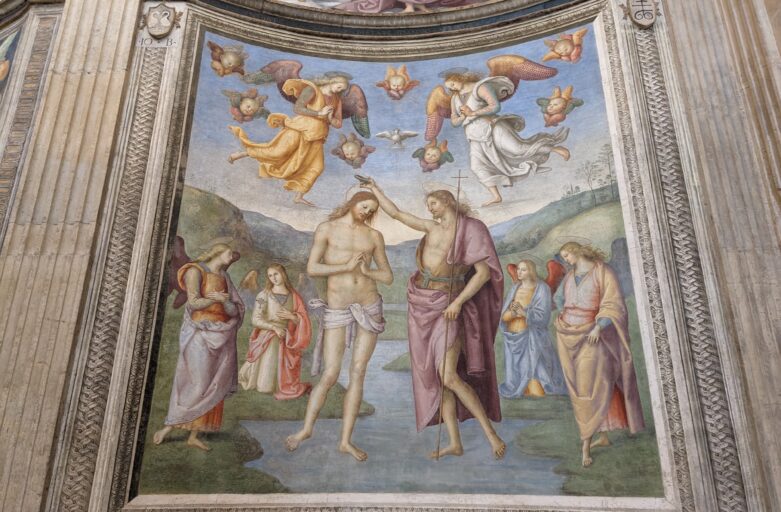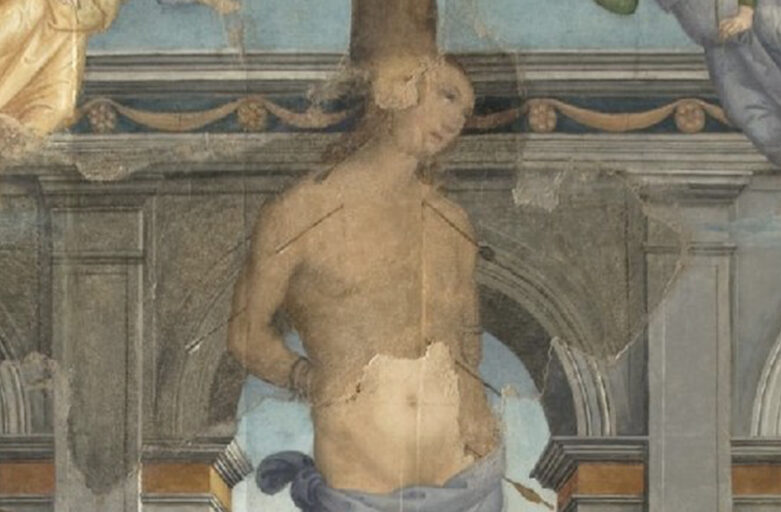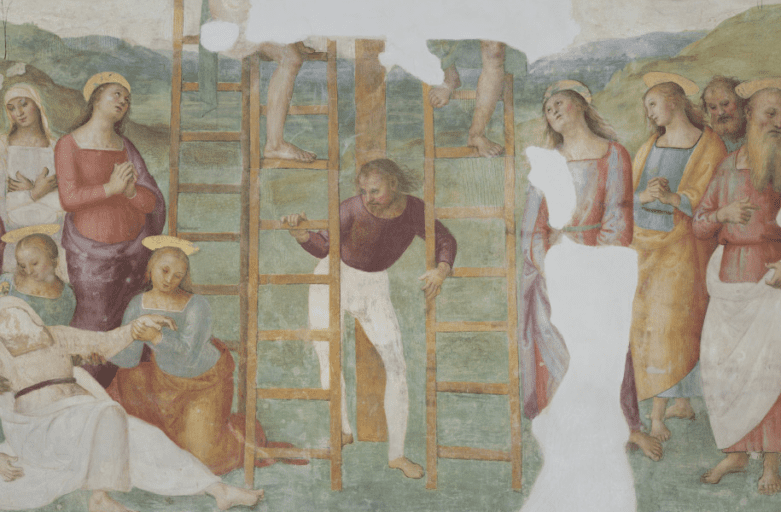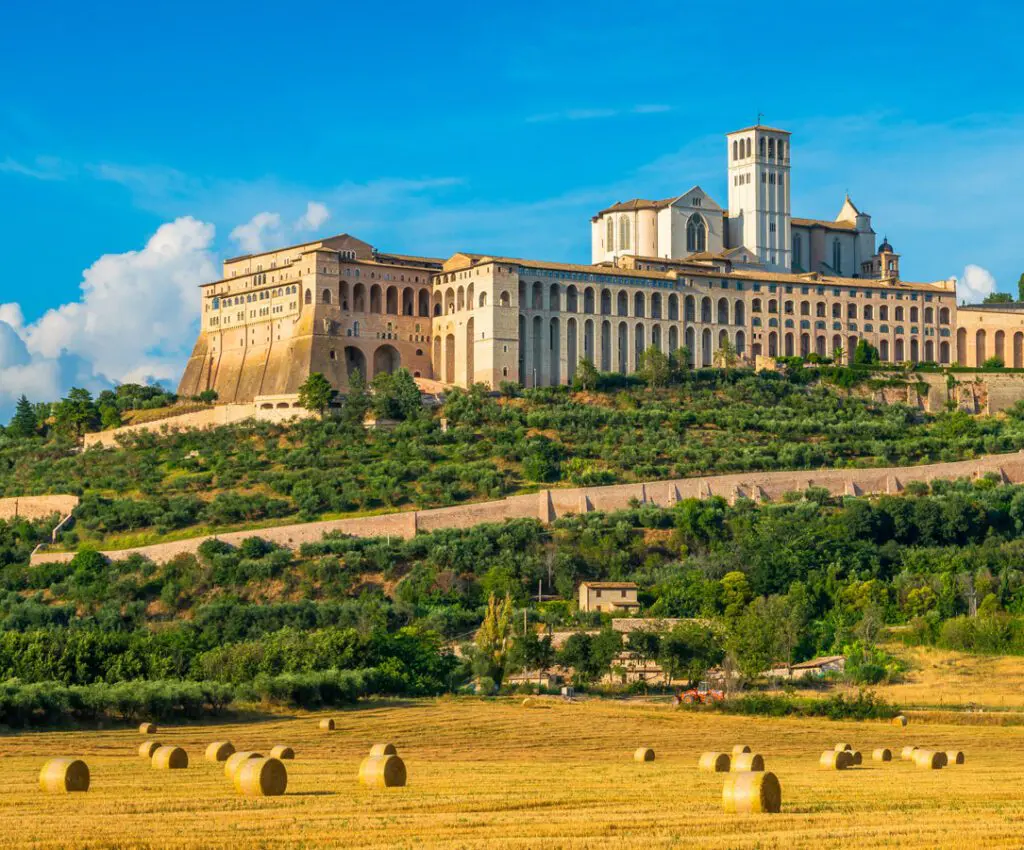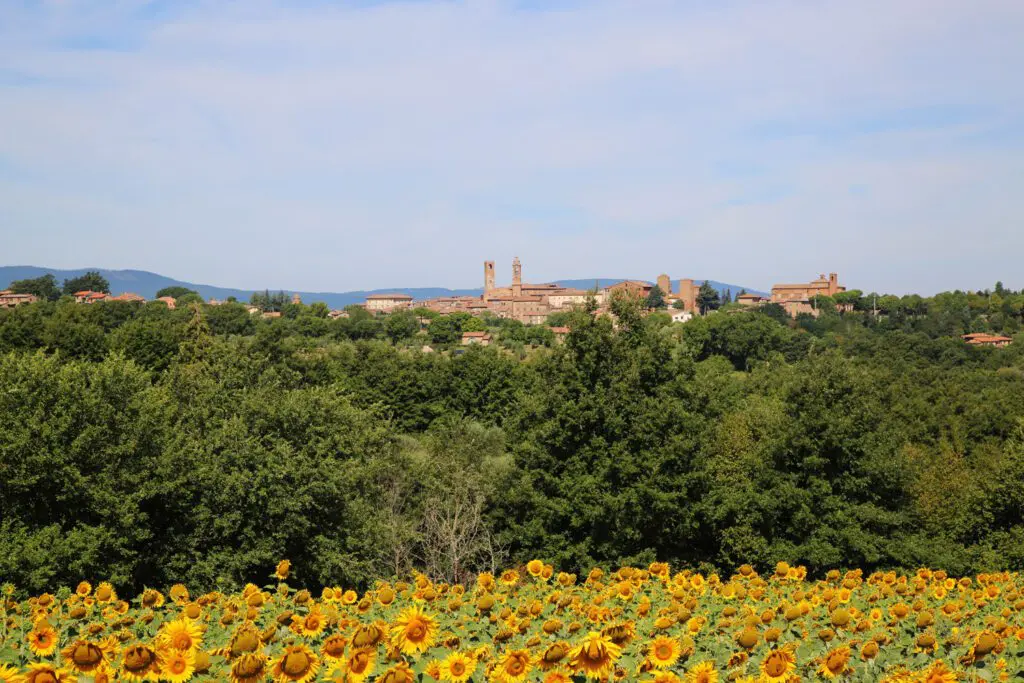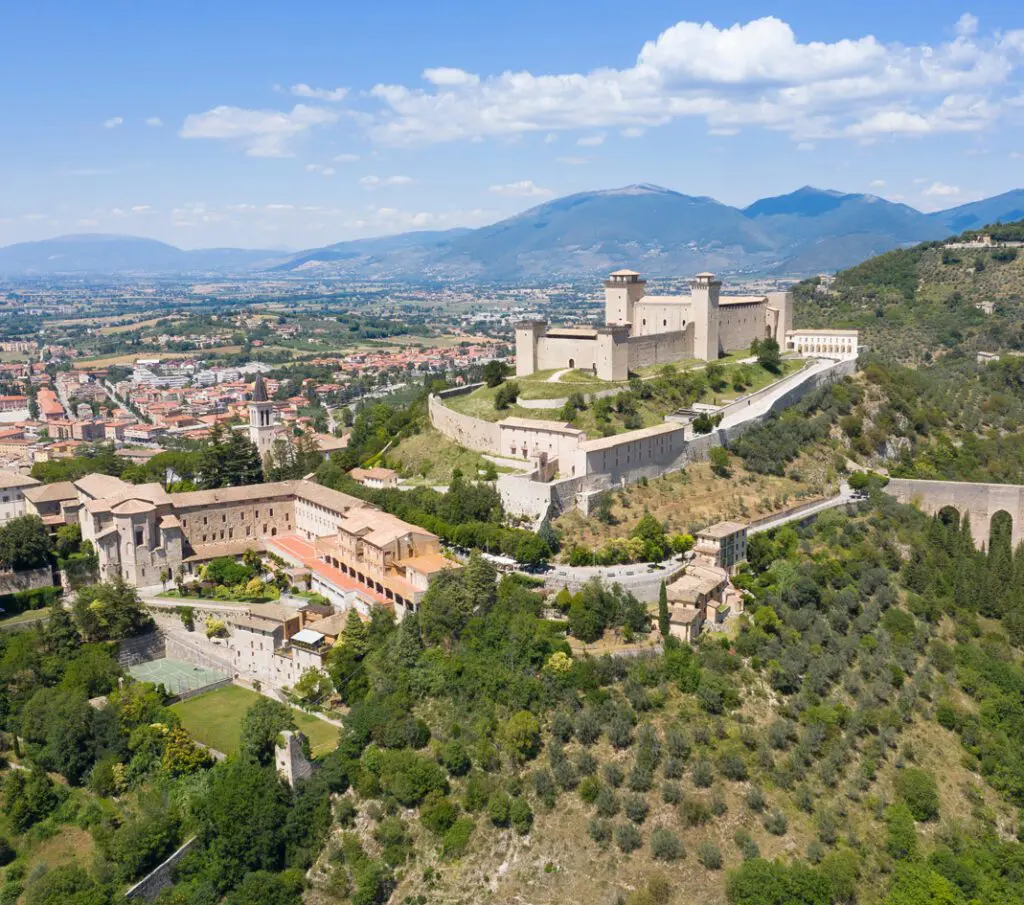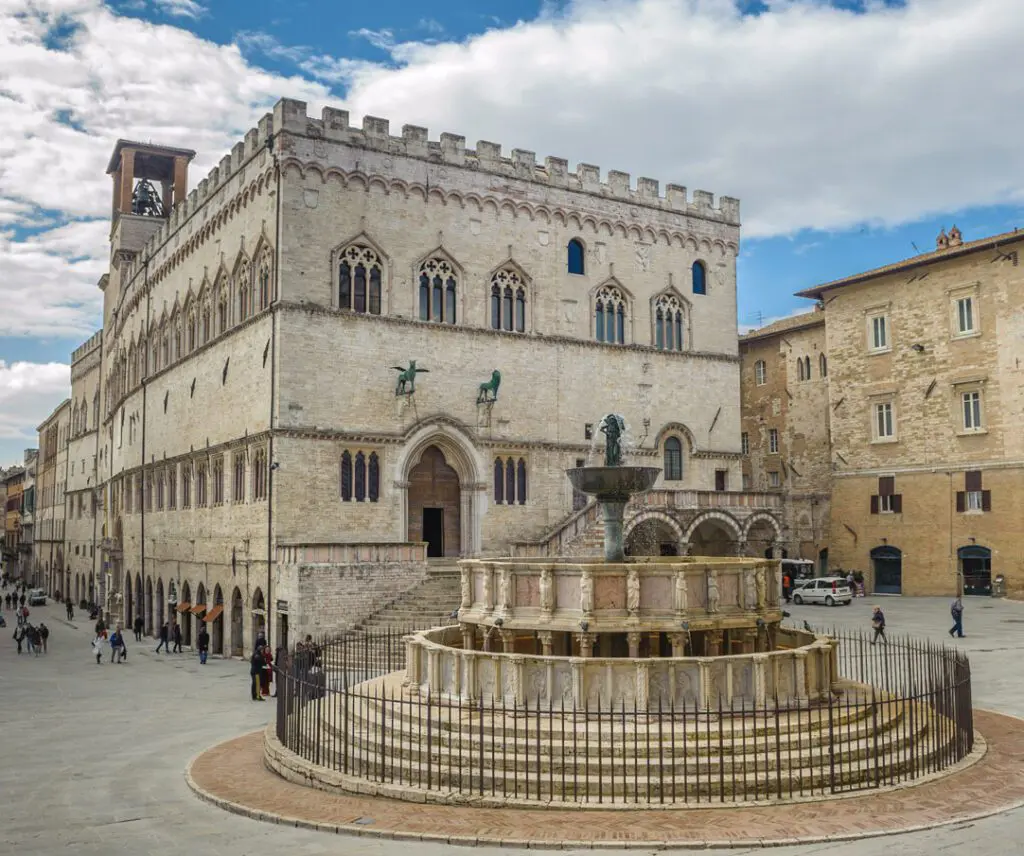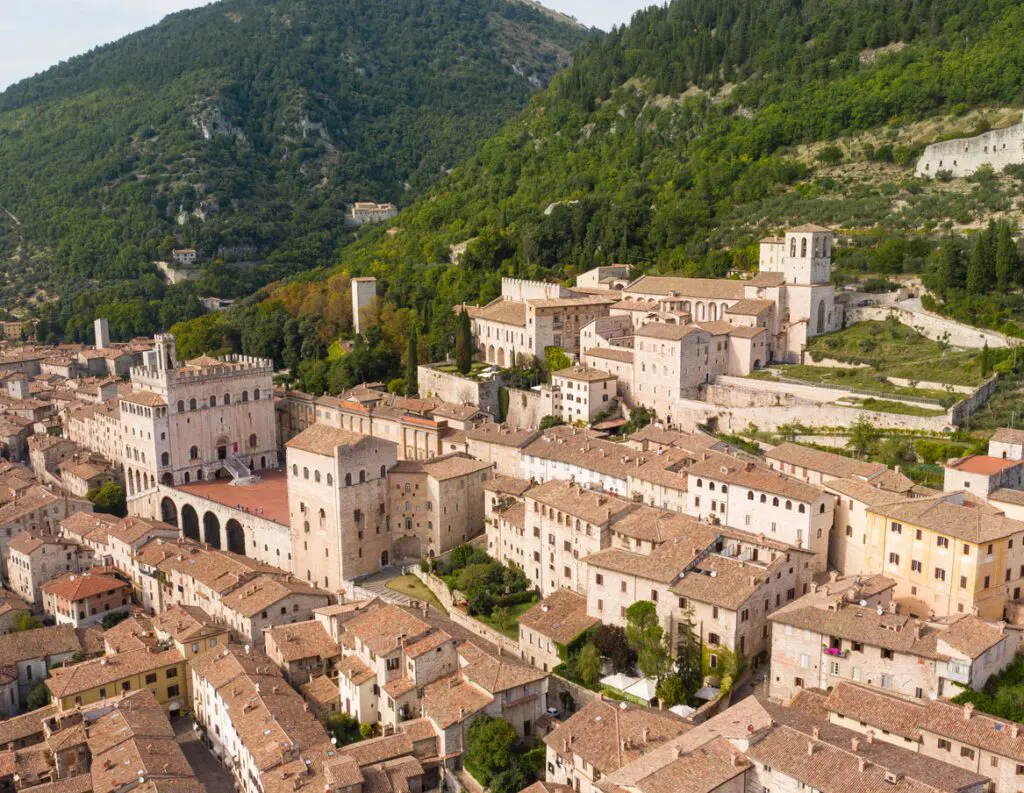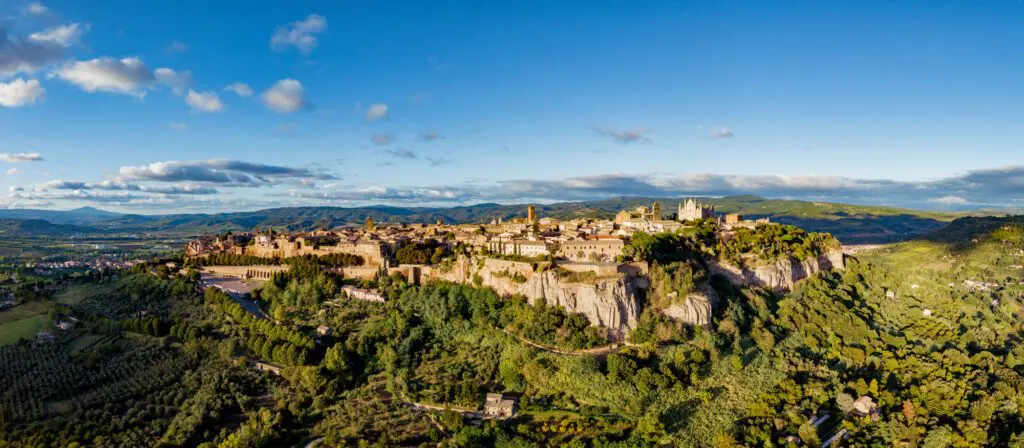Narni is one of the oldest towns in Umbria and boasts a cultural, historical and artistic heritage that makes it a tourist destination of great interest. One of the most evocative attractions of the city is Narni Sotterranea (Narni Underground), a tourist itinerary allowing visitors to visit underground passages, caves, tunnels and ancient aqueducts of the city and to discover some of its best-kept secrets.
Narni Sotterranea guided tour
The guided tour starts from the architectural complex composed of the Church of San Domenico and the adjoining Convent of the Dominican Friars, located in the historic centre of Narni. The Church of San Domenico leads to another 12th-century church built inside a rocky cavity, the Church of Santa Maria della Rupe, brought to light in 1979 by a group of six local speleologists. The work of excavating and cleaning the church and all the remains subsequently found was completed in 1994, the year in which the archaeological site was opened to the public and named Narni Sotterranea.
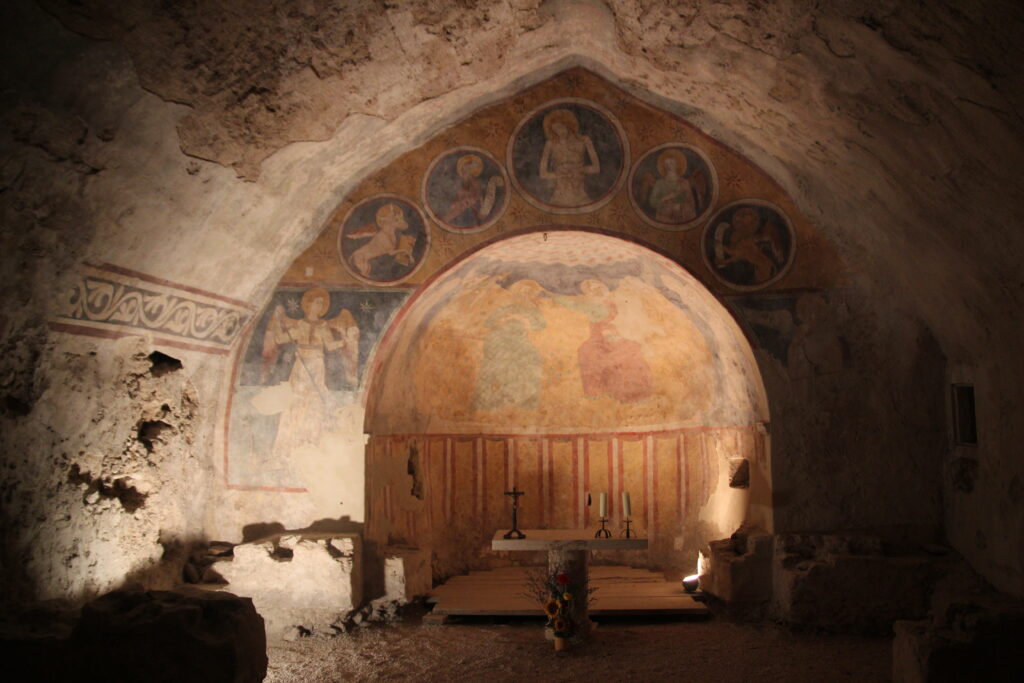
From the church, the tour continues through a series of corridors, passages and stairways that lead to the city's underground. Along the way, visitors can admire some of the most significant monuments of Narni, such as the Roman Aqueduct of the Formina that supplied the city and the Cistern dating back to the 1st century; as well as the caves and natural cavities that make up the city's underground. In addition, the guided tour offers the opportunity to learn many details about the history of this city.
The ancient Inquisition Court in Narni
A long corridor leads to the Sala del Tormenti (the Torment Room) where, from the mid-16th century until the mid-19th century, the interrogations of the Inquisition Court in Narni took place. The room is so called due to some documents preserved in the Vatican Archives and at Trinity College in Dublin. The peculiarity of this room is its walls covered with graffiti bearing dates, names and symbols made by the prisoners with a sharpened shard, which have contributed to the evidence of the Inquisition in Narni to this day.
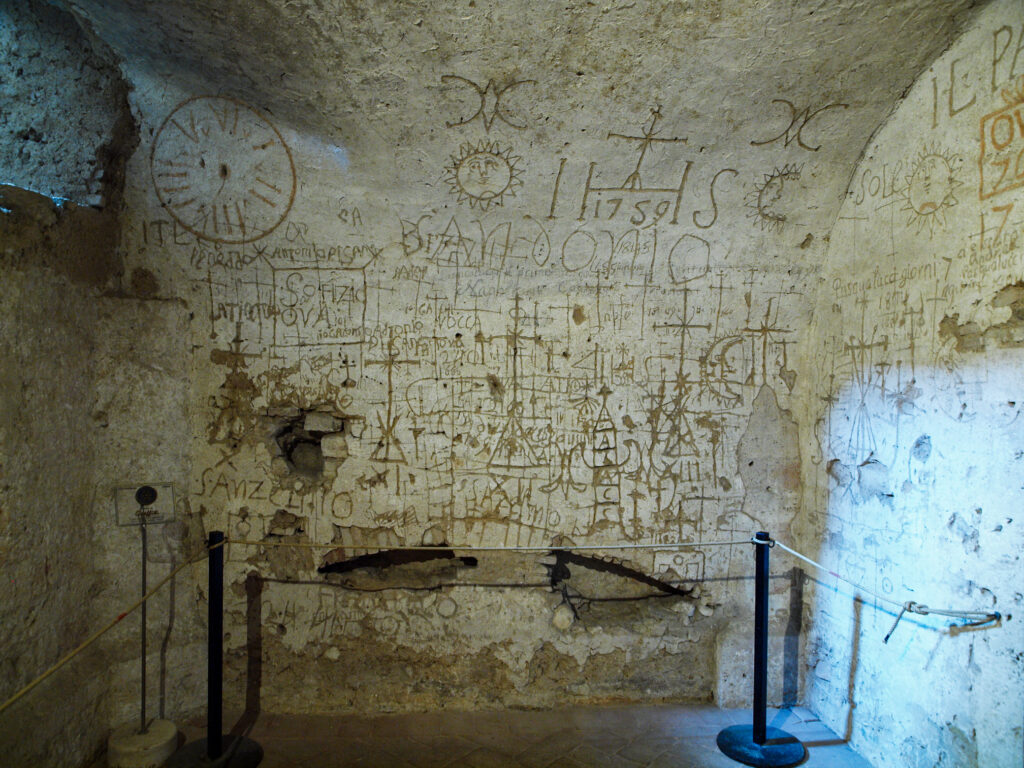
The visit ends inside the Church of San Domenico, a deconsecrated church that was the city's cathedral until the 13th century, and which still houses a Byzantine mosaic dating back to the 6th century.
